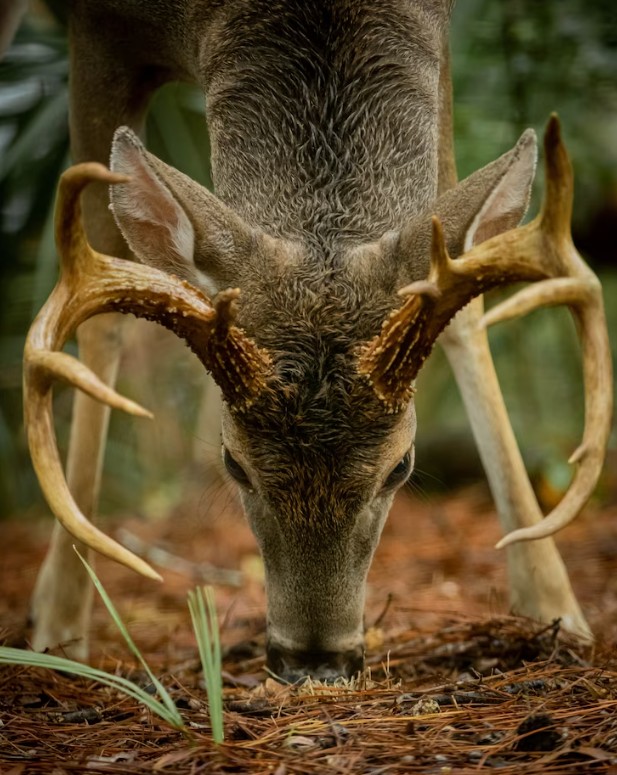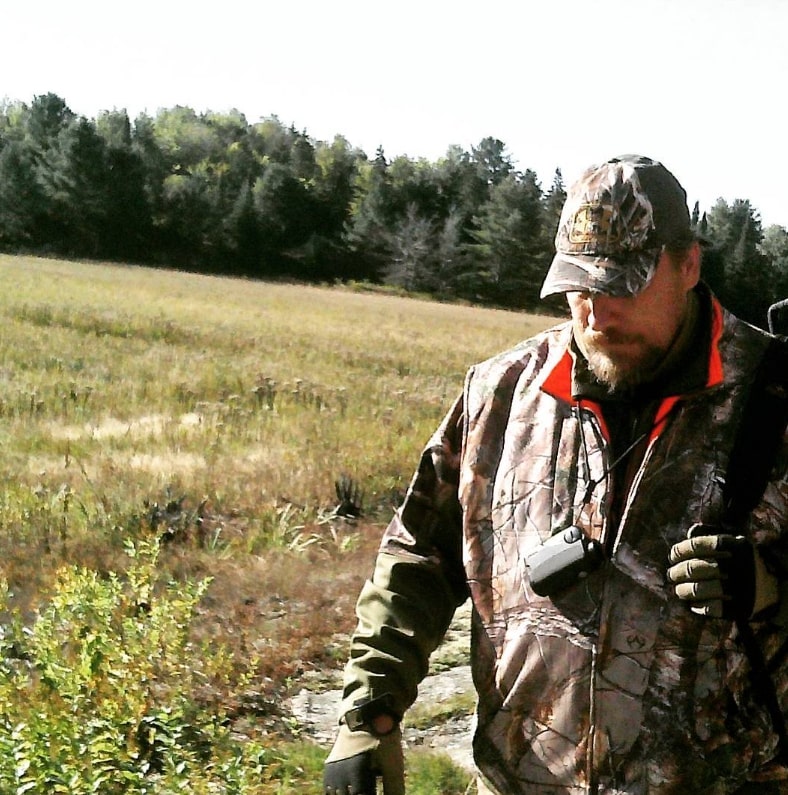Hunting Whitetail deer at dusk


Hunting Whitetail deer at dusk

Hunting whitetail deer around dusk is a popular and effective technique for many hunters. Dusk is the time of day when deer are most active and are often on the move, making it an ideal time to hunt. In this article, we will discuss some important factors to consider when hunting whitetail deer around dusk.
The first and most important factor to consider when hunting whitetail deer around dusk is safety. It is important to know the layout of the land and the location of any nearby residences or structures. Hunters should also be aware of any local hunting regulations and obtain any necessary permits or licenses. Additionally, hunters should always wear appropriate safety gear, such as blaze orange clothing, and practice safe hunting techniques at all times.
Another important factor to consider when hunting around dusk is the weather conditions. Deer are more likely to move during cooler, overcast days than during hot, sunny days. Therefore, hunters should pay attention to the weather forecast and plan their hunting trips accordingly. It is also important to be aware of any potential weather hazards, such as thunderstorms or high winds, and to take appropriate safety precautions.
When hunting around dusk, it is important to scout the area beforehand. This can involve walking around the perimeter of the hunting area, looking for tracks, droppings, and other signs of deer activity. It is also important to identify any potential areas where deer may be entering or exiting the area, such as trails or fence gaps. By scouting the area, hunters can get a better understanding of the deer’s behavior and develop a plan for where to set up their hunting stand or blind.
One popular technique for hunting whitetail deer around dusk is to set up a hunting stand or ground blind near a food source. Deer are most active around dusk as they are searching for food to prepare for the night ahead. By setting up near a food source, hunters can increase their chances of encountering deer during this time of day. Common food sources for whitetail deer include acorns, fruits, and agricultural crops such as corn and soybeans.
When setting up a hunting stand or ground blind, it is important to take into consideration the wind direction. Deer have a keen sense of smell and can detect the scent of hunters from a long distance away. Therefore, it is important to position the stand in a way that allows the hunter to approach and leave the area without alerting the deer to their presence. This may involve setting up the stand downwind of the deer or using scent-eliminating products to reduce the hunter’s scent.
Another technique for hunting whitetail deer around dusk is to still-hunt or stalk the deer. This involves slowly and quietly moving through the area, scanning for any signs of deer activity. This technique can be challenging, as deer have excellent hearing and vision and can easily detect the presence of hunters. However, it can also be very rewarding, as it allows hunters to get up close and personal with the deer and requires a high level of skill and patience.
When still-hunting or stalking, it is important to move slowly and quietly, taking care to avoid stepping on any twigs or branches that may make noise. Hunters should also use natural cover, such as trees or bushes, to conceal themselves from the deer. It is important to note that this technique may not be legal in all areas, so hunters should check local regulations before attempting it.
In addition to the techniques discussed above, there are several other factors that can impact a hunter’s success when hunting whitetail deer around dusk. One important factor is camouflage. Hunters should wear camouflage clothing that blends in with the natural surroundings to avoid being detected by the deer. Additionally, hunters should take care to minimize movement while in the field, as even small movements can alert the deer to their presence.
Another important factor to consider is the type of firearm or bow used for hunting. When hunting around dusk, it is important to choose a weapon that is accurate and effective at long distances, as the low light conditions can make it more difficult to see the target. Hunters should also use a weapon that produces minimal noise and recoil, as loud noises can startle nearby deer and cause them to flee the area.
Finally, it is important to have patience when hunting around dusk. Deer are unpredictable animals and may not always follow predictable patterns. Hunters may need to spend several hours or even days in the field before encountering a deer or getting a shot opportunity. It is important to stay focused and alert, even during periods of inactivity, as deer can appear suddenly and without warning.
Hunting whitetail deer around dusk can be a rewarding and exciting experience for many hunters. By taking the time to scout the area, choose the right equipment, and employ effective hunting techniques, hunters can increase their chances of success while minimizing the impact on the natural environment. However, it is important to prioritize safety and to always act responsibly while in the field. With the right preparation and mindset, hunting around dusk can be a memorable and enjoyable experience for hunters of all skill levels.




